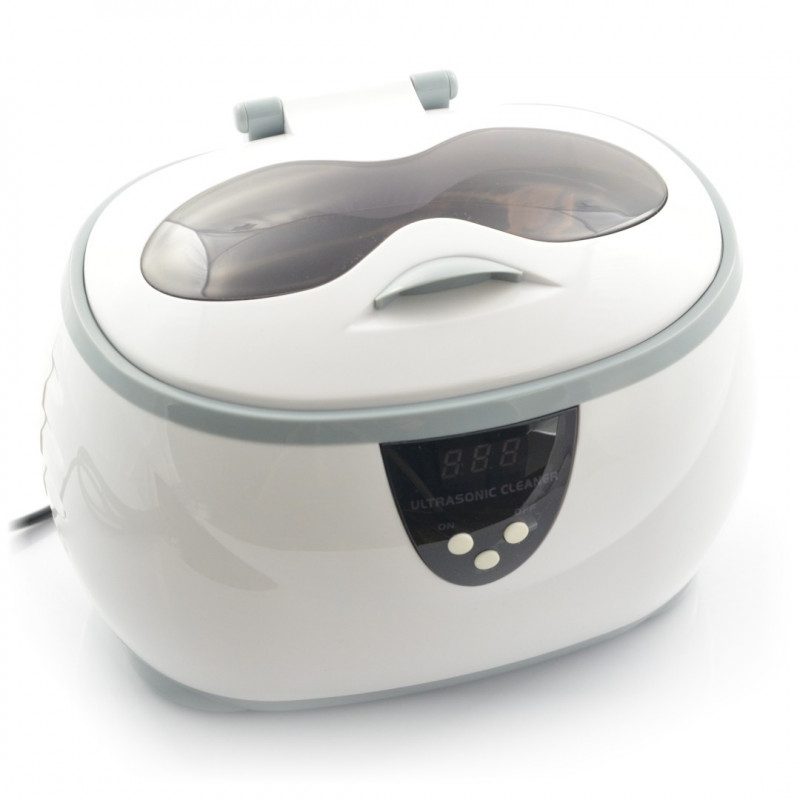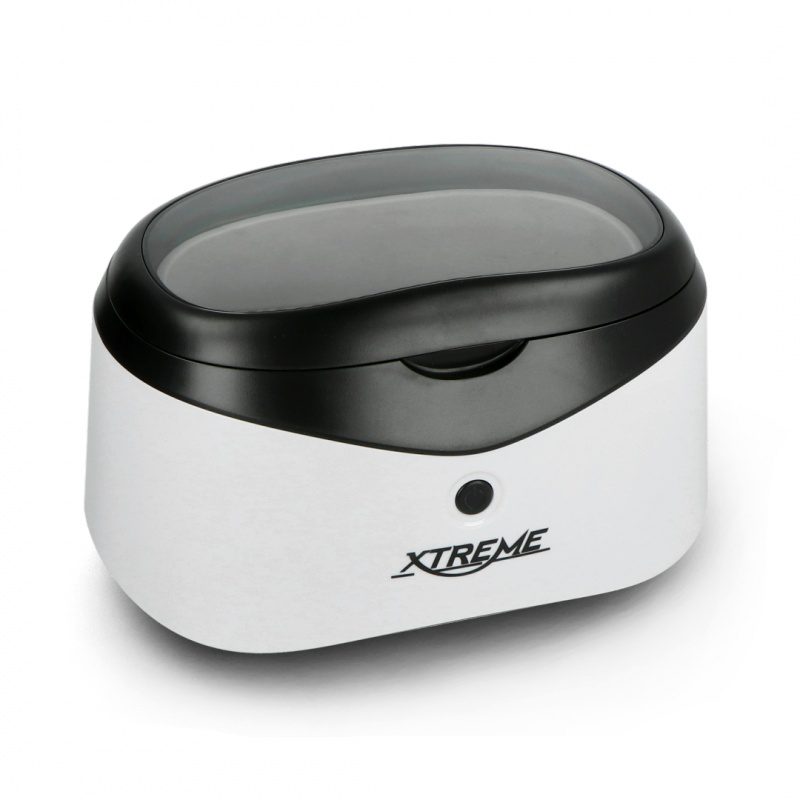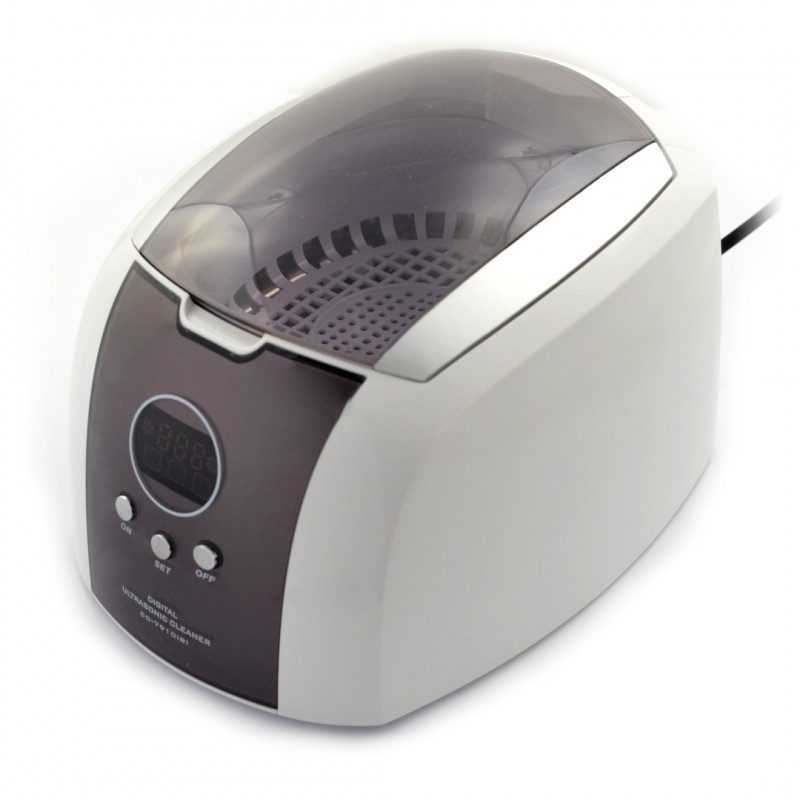Table of Contents:
How does the ultrasonic cleaner work?
The ultrasonic cleaner is an extremely clever device which uses the phenomenon of cavitation, i.e. the formation of microscopic air bubbles. They hit the washed object with enormous energy, thus breaking the dirt that sticks to it.
Ultrasonic waves are generated at a very high frequency, with an operating range of between 18 and 120 kHz. The cleaning process of an individual item usually lasts from several dozen seconds to several minutes, although in some cases the cleaning time can be prolonged.
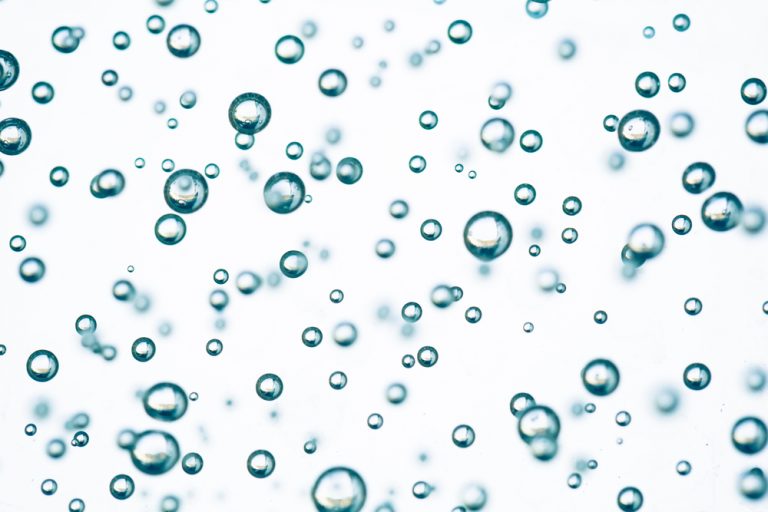
What is the ultrasonic cleaner used for?
Despite appearances, cleaning many items is a real challenge. It’s not so much the degree or type of dirt, but how delicate the item is. We all know that immersing consumer electronics in water can be disastrous, but in some cases it is necessary to clean the item thoroughly.
The solution is to use ultrasonic cleaners, which thanks to the phenomenon of the previously mentioned cavitation are able to remove deeply deposited dirt without the risk of damaging the cleaned object. So where is this solution practised?
Electronics industry
A good example of what an ultrasonic cleaner is used for can be found in mass-produced integrated circuits – in order for the devices built with them to serve a long and trouble-free life, excess solder and flux residues need to be removed from them.
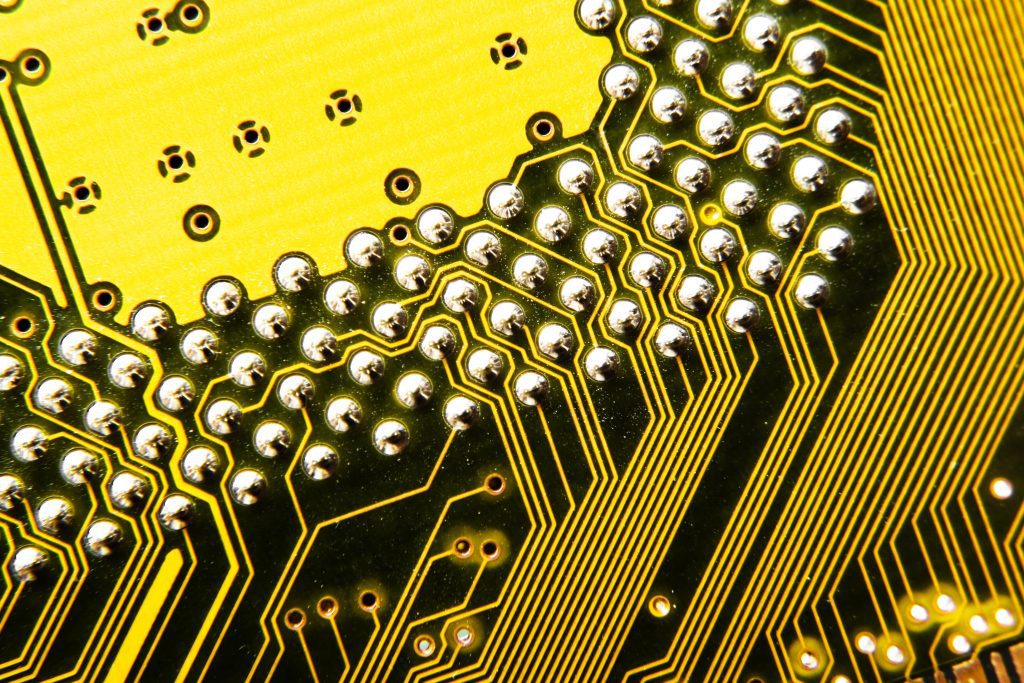
This is particularly important during the process called wave soldering. In a nutshell, the whole process involves placing PCBs with components on a special scaffold, which also serves as a mobile feeder.
A feeder loaded in this way is placed in a heated chamber, where it first receives a wave of foamed flux, and then another wave of melted solder. The excess of both substances falls by gravity, and sufficient lucite remains on the PCB to make a permanent connection.
Unfortunately, the wave soldering process leaves behind a great deal of contamination, thus making it necessary to remove it, for which an ultrasonic cleaner is used in professional establishments.
Ultrasonic technology is also used in consumer electronics service facilities. For example, ultrasonic cleaners can be used to service phones that have been flooded with water, rinsing out any remaining fluids without the risk of corroding components.
Bicycle industry
Another example of what an ultrasonic cleaner can be used for is the professional cleaning of cycling equipment. During operation, the entire bike drivetrain (in particular the chain and cassette of the bike) becomes covered with a layer of hard mixture of grease, sand and metal filings, which significantly reduce the efficiency of pedalling.
Therefore, it is necessary to periodically clean the entire drive unit, for which purpose an ultrasonic cleaner can be used. Its cavitation waves gently wash all cleaned components, thoroughly cleaning them.
Jewellery industry
Another application for this type of washer is the jewellery industry, where ultrasound is used to remove deep dirt from worn jewellery. After the cleaning process is complete, the jewellery is restored to its former glory and shine. In the same way you can wash collector coins and military medals and orders.
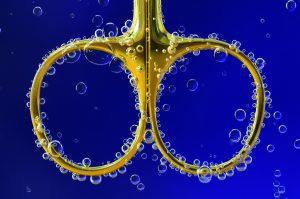
How to use the ultrasonic cleaner?
The basic principle is to use good cleaning agents, appropriately selected for the material the object is made of. These are usually degreasers mixed in appropriate proportions with demineralised water.
The washing time and the ratio of the concentrate used are also important – in the case of heavily soiled items it is necessary to use a stronger solution and to increase the time of exposure of the cleaned elements to cavitation waves.
How useful was this post?
Click on a star to rate it!
Average rating 0 / 5. Vote count: 0
No votes so far! Be the first to rate this post.

